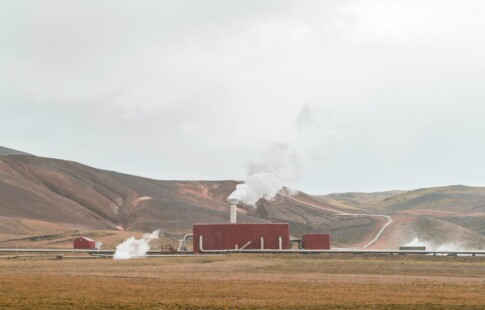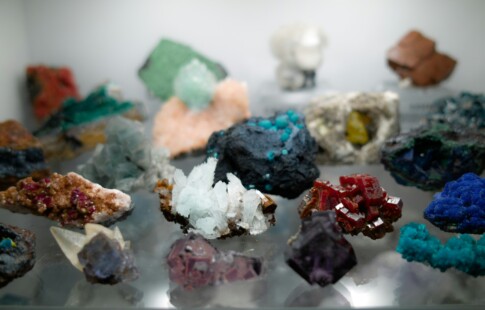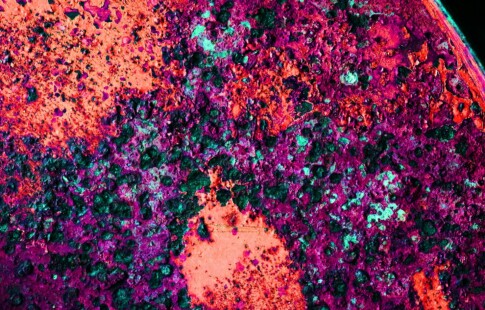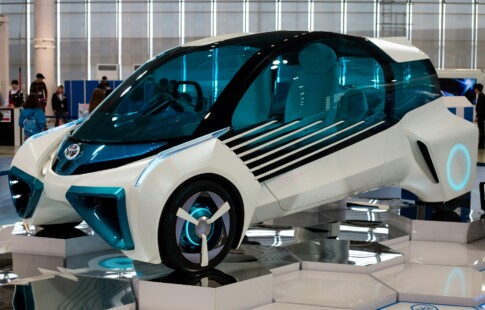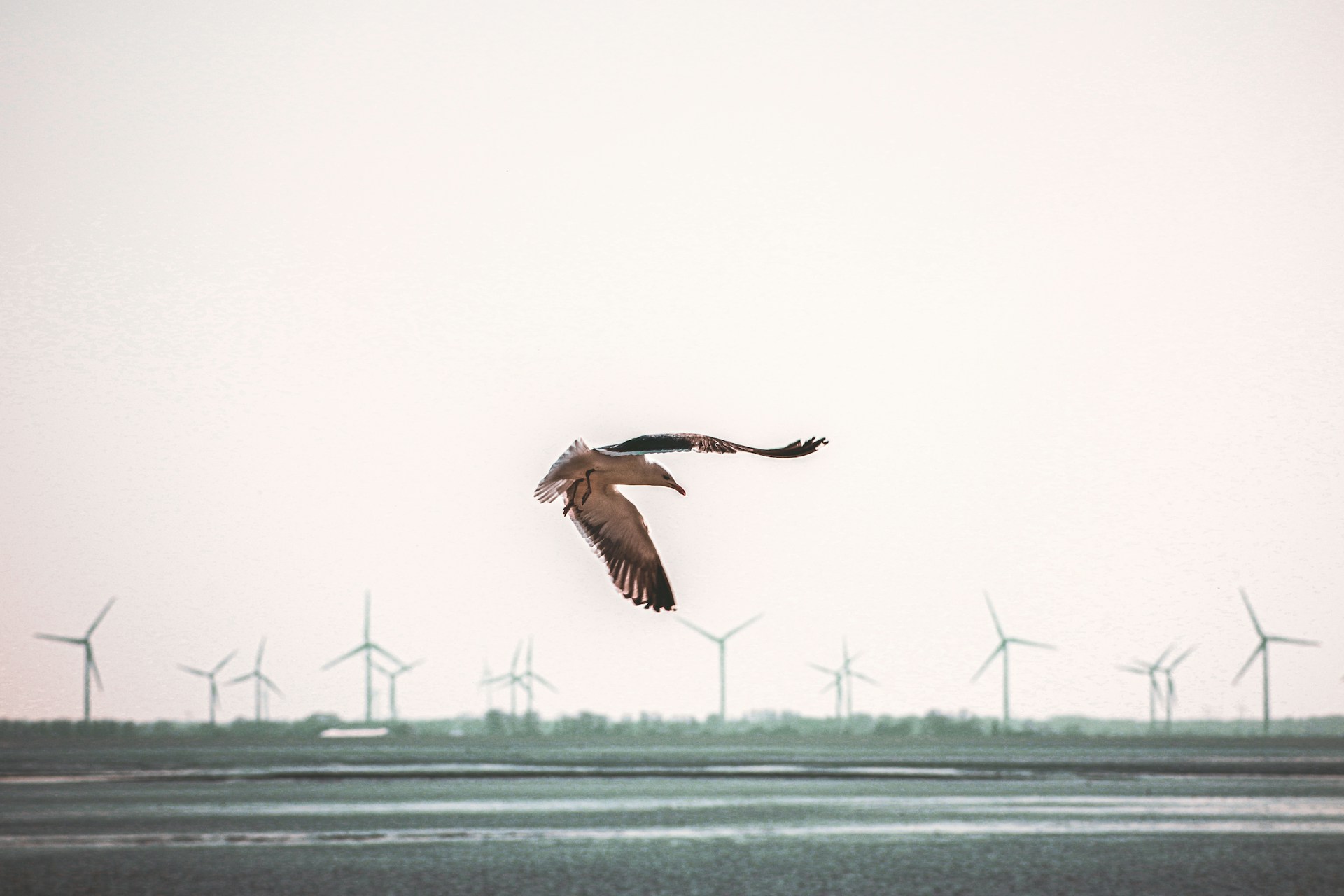
Is Painting Wind Turbine Blades Black the Key to Conserving Avian Populations?
We are reader-supported. When you buy through links on our site, we may earn affiliate commission.
Wind energy has rapidly become one of the most vital renewable sources in the global clean energy mix. However, as more wind farms sprout worldwide, avian species are more susceptible to turbine collisions than ever before. This deadly consequence of sustainable power has left researchers wondering whether painting wind turbine blades black makes these cutting-edge technologies more visible to birds. These studies could not be more timely either, especially as migratory birds and endangered and threatened species continue their sharp decline.
Bird Collisions and the Rise of Wind Energy
According to various studies from 2013 and 2014, about 140,000 to 679,000 birds died annually from turbine collisions. Today, scientists anticipate that the numbers are much higher due to an influx of new global wind farms in the last decade.
Although these fatalities may seem insignificant when considering that domestic cats prey on 1.4 to 3.7 billion birds each year, the deaths are still tragic and increase the risk for the most vulnerable species. The 2025 edition of the State of the Birds report shows that one-third of American bird species are of high or moderate concern due to declining populations. Most alarmingly, “tipping point” species have dwindled by 50% over the last five decades.
Yet, wind energy technology advancements hold firm, possibly unlocking 80% more potential over the next 10 years and increasing the nation’s energy independence. It is already becoming clear that wind farms will produce cost-effective power across the United States, especially in the Southeast, Gulf Coast and East Coast.
Of the 4,178 billion kilowatt-hours of electricity generated at utility-scale U.S. grid facilities in 2023, wind accounted for 10.2%, surpassing solar and hydropower at 3.9% and 5.7%, respectively. This amount continues to grow as the U.S. moves away from fossil fuels and other highly emissive sources.
Painting Wind Turbines Black — a Potential Solution
In recent years, researchers have explored whether painting one out of three wind turbine blades black could reduce the number of bird collisions. They believe the black paint will improve the turbine’s visibility so that the birds avoid the mechanism.
The concept is not entirely out of the question, either. A 2020 Norwegian study uncovered a 70% reduction in avian fatalities from turbines with one black-painted blade. While the study was limited to a specific location, the findings highlighted an intriguing research area for experts to explore further.
Should this approach be successful, it could have positive environmental effects, and help preserve endangered and threatened bird species. Birds are critical to a healthy ecosystem. They manage pests, disperse seeds, and eat animal carcasses to prevent disease spread. They also help control rampant mouse and rat populations.
People often enjoy watching and listening to birds, which gives them intrinsic and economic value. Nearly 300,000 birders spent $378 million visiting Alaska to watch birds in 2016, supporting about 4,300 jobs. This underscores the importance of protecting them as the world prioritizes a transition toward clean energy solutions.
Alternative Strategies to Protect Avian Species
Aside from painting turbine blades a different color, the wind energy industry can take several other approaches to minimize bird collisions and subsequent fatalities. For instance, it should construct wind farms away from migratory routes — the U.S. has four avian superhighways known as the Atlantic, Mississippi, Central, and Pacific Flyways.
Utilizing the most advanced sensor technologies to detect birds can also set off acoustic signaling and visual warnings to encourage them to fly a different route. Some areas might also shut down the turbines during peak migration times or hours of frequent flight. While these strategies may cause power interruptions in various communities, they could boost conservation efforts.
Scientists must continue researching the feasibility of painting wind turbines black and other ways to protect wildlife from colliding with wind farms. This is especially true since birds are not the only ones affected by them — bats and insects are, too. Meanwhile, marine creatures may endure deadly encounters with underwater turbines.
Additional reasons for improving wind farms’ impacts on nature include habitat loss and displacement, noise pollution and the introduction of electromagnetic fields. These factors may alter animal behaviors, foraging, breeding, nesting and communication patterns, further hurting vulnerable wildlife and causing ecological distress.
Protecting Avian Species While Progressing Clean Energy
Although birds are small, they are critical to ecosystem vitality. Likewise, avian populations might seem abundant, but studies tell a different story about their declining numbers.
Fortunately, conservationists and renewable energy engineers do not need to compromise birds’ lives to clear a path toward clean power. There are ways to embrace this transition and give rise to more wind farms while protecting biodiversity. In fact, the world must continue to explore renewable energy solutions to mitigate climate change.
Frequently Asked Questions
As one of the fastest-growing renewable technologies of modern-day energy, it is critical for scientists to support its progression while also conserving potentially impacted wildlife. This leaves many with questions regarding how efficient it is to paint turbine blades.
Does painting wind turbine blades black reduce the amount of energy they produce?
A black turbine blade does not affect a wind energy farm’s productivity. Typically, engineers paint the blades white to blend into the sky and not appear unsightly from ground level. It also prevents excess heat and makes them visible to airliners.
How much does it cost to paint the rotors?
Changing the blade color of a turbine blade racks up a hefty sum. For instance, wind farm company PacifiCorp spends $500,000 to $700,000 to paint one rotor black out of 36 turbines at its Glenrock wind farm in Wyoming.
Can birds see black paint color?
Research is ongoing to determine whether painting wind turbine blades will improve bird mortality. Overall, though, avian species see the world in color. In fact, birds have four or five color receptors and can distinguish color far better than people can. The bird retina’s cone density is two to three times more dense than the human eye’s.
Share on
Like what you read? Join other Environment.co readers!
Get the latest updates on our planet by subscribing to the Environment.co newsletter!
About the author

Jane Marsh
Starting from an early age, Jane Marsh loved all animals and became a budding environmentalist. Now, Jane works as the Editor-in-Chief of Environment.co where she covers topics related to climate policy, renewable energy, the food industry, and more.
